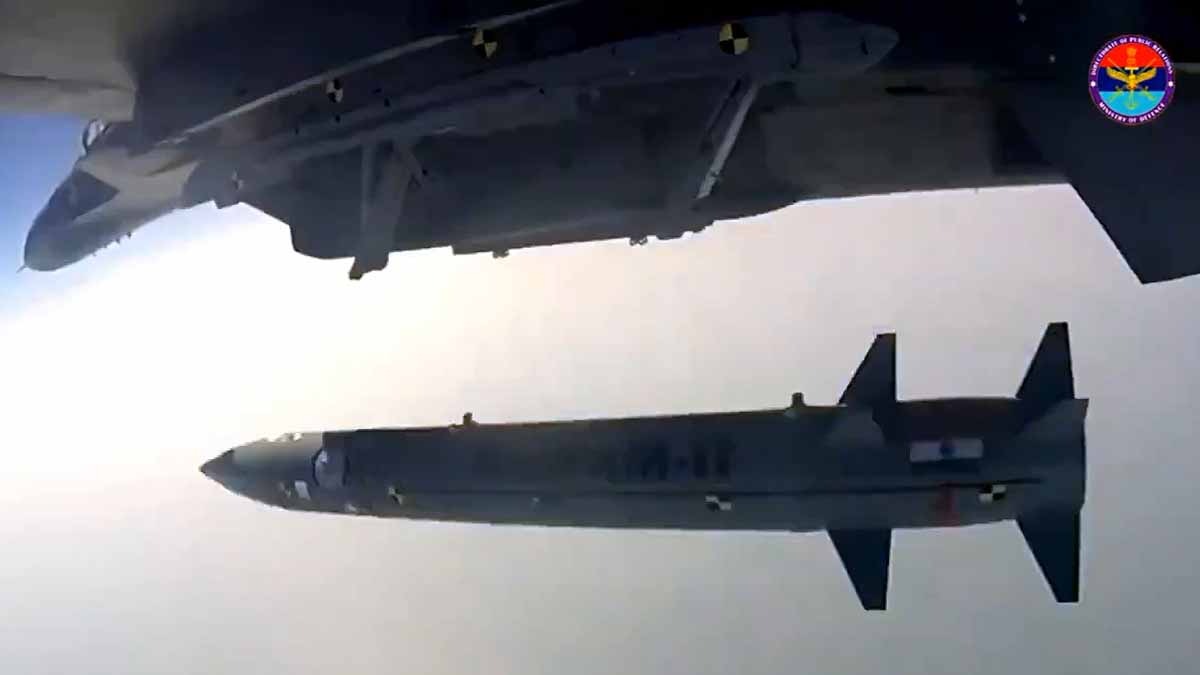On the morning of May 29, 2024, India's Defense Research and Development Organization (DRDO) triumphantly conducted a flight test of the country's most advanced missile, RudraM-2. Launched from the formidable Su-30MKI fighter jet, the mission scrutinized the missile's propulsion system, guidance control, electro-optical equipage, radar, and telemetry stations.
Flight data were corroborated across multiple radar stations. RudraM-2 is a versatile missile capable of decimating enemy arsenals, bunkers, ships, aircraft, and ammunition depots. Let's discover the sheer power of this missile that hurtles towards its target at a blistering speed of 6791.4 km/hr.
As an air-to-surface hypersonic missile, RudraM-2 thrives in stealth, eluding enemy radar, air defense, radio frequency devices, and communication system detections with its advanced anti-radiation prowess.
A fierce contender on the battlefield, this missile is often compared with Russia's formidable Kh-31PD, widely deployed in the Ukraine conflict.
RudraM-2, boasts an 18-foot architecture, carrying a formidable 155 kg warhead, designed by DRDO in collaboration with Bharat Dynamics Limited, Bharat Electronics, and Adani Defence & Aerospace to strike with terrifying accuracy.
With a range of 300 kilometers, and cruising altitudes between 3 to 15 kilometers, RudraM-2's hypersonic speeds are stupendous. Integrated with INS and satellite navigation, and a passive radar homing system, the precision of its impact is within a 5-meter radius, promising total destruction even upon near-misses.
The Indian Air Force strategizes to station these missiles aboard Tejas jets, AMCA, and TEDBF fighter planes while ensuring compatibility with existing MiG-29s, Mirages, Jaguars, and Sukhois, solidifying India's aerial defense against hostile threats.




